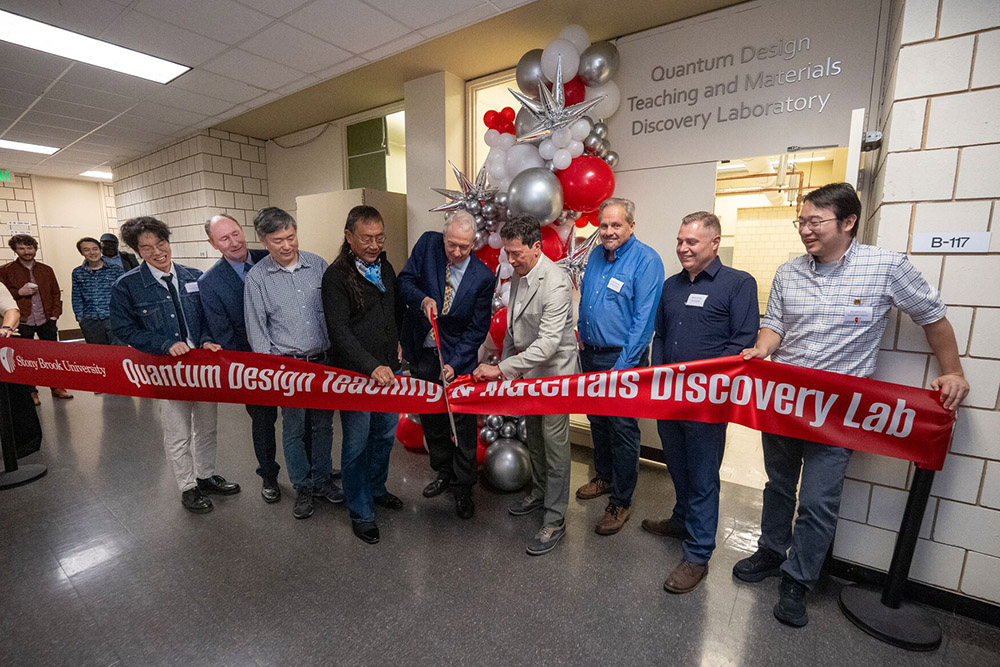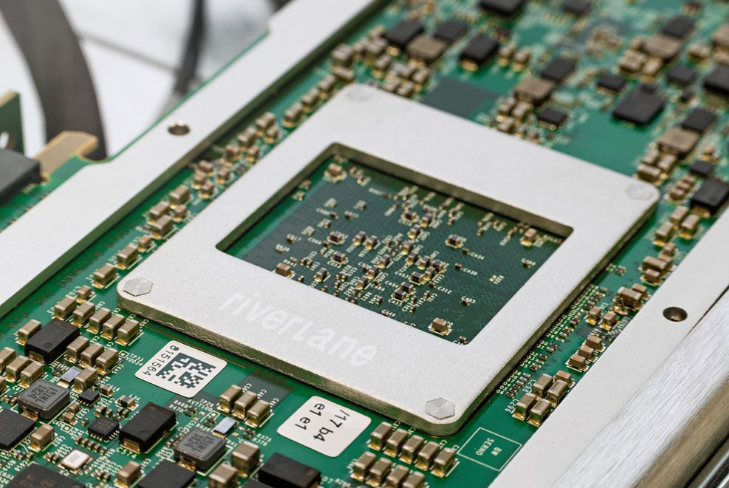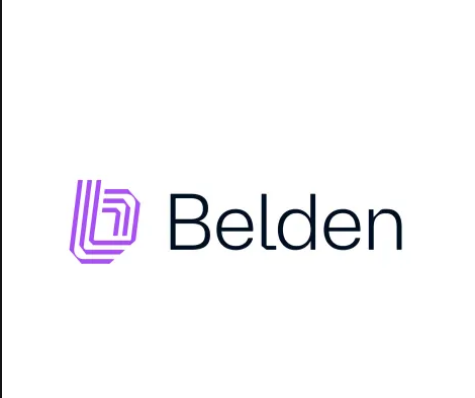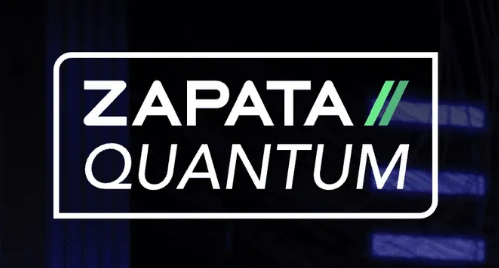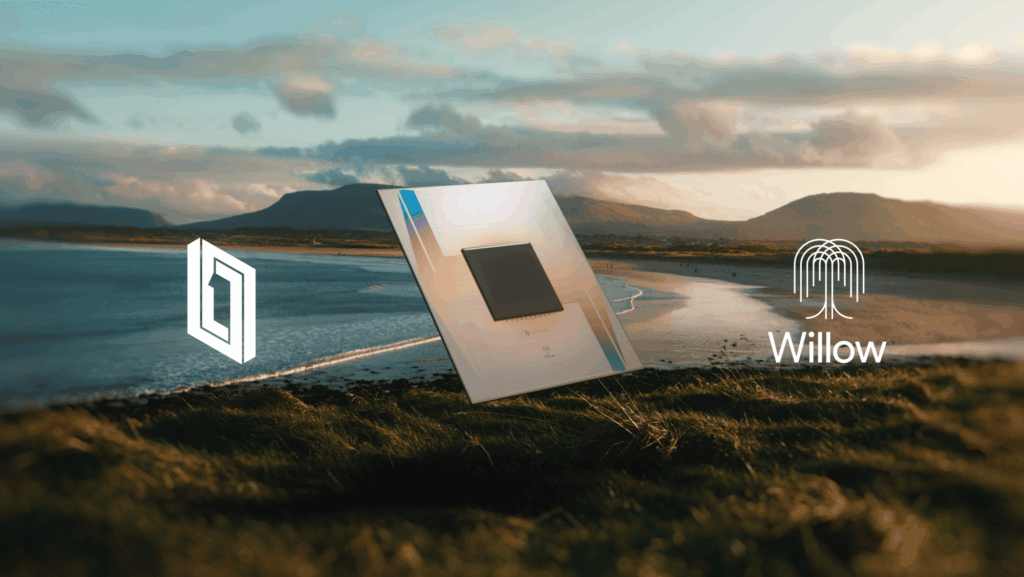Insider Brief
- Stony Brook University has opened its new Quantum Design Teaching and Materials Discovery Laboratory, advancing undergraduate education in quantum and materials physics.
- The lab, created in partnership with Quantum Design and Lake Shore Cryotronics, features a Quantum Design VersaLab® that enables hands-on experiments with superconductivity, magnetism, and other quantum phenomena.
- The initiative reflects a growing emphasis on experiential learning in STEM, giving students access to research-grade equipment and bridging the gap between classroom theory and real-world scientific practice.
- Image: Stony Brook University celebrated its new Quantum Design Teaching and Materials Discovery Laboratory with a ribbon-cutting ceremony October 22. (Photos by John Griffin, Story by Beth Squire)
PRESS RELEASE — Stony Brook University celebrated the grand opening of its new Quantum Design Teaching and Materials Discovery Laboratory on October 22, marking a major advancement in undergraduate physics education. The lab, located in the Department of Physics and Astronomy, was made possible through a partnership with Quantum Design and Lake Shore Cryotronics.
The lab features a Quantum Design VersaLab®, an advanced materials characterization system that allows students to conduct hands-on experiments with superconductivity, magnetism, and other quantum phenomena typically used in graduate-level research. The addition of the VersaLab gives undergraduates access to the same kind of cutting-edge equipment used in companies and top research institutions around the world.
Stony Brook University recently achieved its highest-ever placement in the 2025–26 U.S. News & World Report Best Global Universities for Physics, ranking 39th worldwide and 19th in the nation.
“This space isn’t just a lab. It’s a commitment to high-impact learning,” said David Wrobel, dean of the College of Arts and Sciences. “Here, students will move beyond the classroom to engage directly with the tools and techniques that define modern physics. They’ll gain practical skills, explore real-world applications, and begin to see themselves as scientists in training.”

The ribbon-cutting event featured remarks from Wrobel and Quantum Design CEO Stuart Schoenmann, who said he sees the partnership as part of a broader effort to reimagine science education in an era of rapid technological change. “Today’s students face tremendous challenges,” he said. “Our goal is to help create opportunities for them to think, test, and innovate — to connect theory and experimentation in real time using tools that make discovery tangible.”
The celebration also included a symposium highlighting innovative approaches to undergraduate physics education. Speakers included Stephen Tsui of California State University San Marcos, who discussed the Quantum Design Education Initiative; Randy Dumas of Quantum Design, who shared insights into the Discovery Teaching Lab Initiative; Chuck Cimino of Lake Shore Cryotronics, who presented on advanced transport measurements; and Stony Brook Professor Xu Du, who spoke about operating a modern physics teaching lab.
Stony Brook physics alumnus Stefano Spagna ’88, vice president of strategy and innovation at Quantum Design, helped bring the partnership to fruition. The collaboration is part of Quantum Design’s Discovery Teaching Lab Initiative, a program that places advanced scientific instruments in teaching environments across the country to inspire the next generation of scientists and engineers.
Graduate student David Farahmandpour, BS ‘25, who helped create new teaching experiments using the VersaLab, said working with the system helped advance his understanding of physics. As part of his senior laboratory course for physics majors, he developed experiments on superconducting materials and observed behaviors at extremely low temperatures, data that had previously been unavailable to undergraduate students. “We were able to see superconductivity in real time, watching resistance drop as the material cooled,” he said. “It made everything we learned in class come alive.”
For Quantum Design, the Stony Brook lab represents another milestone in its education initiative. Michelle Lehman, animation and video specialist for Quantum Design, who works on the company’s philanthropic education outreach, said the goal is to promote hands-on learning and connect students directly with modern scientific tools. “It’s about investing in the next generation of scientists and engineers,” she said. “By giving students access to this equipment now, we’re preparing them to step into research and industry with confidence.”
The partnership also highlights the growing importance of experiential learning in STEM fields. “We are deeply grateful to Quantum Design and our collaborators for making this possible,” said Wrobel. “This new facility will help our students not just learn science, but do science — and that’s what creates the innovators and problem-solvers of the future.”

